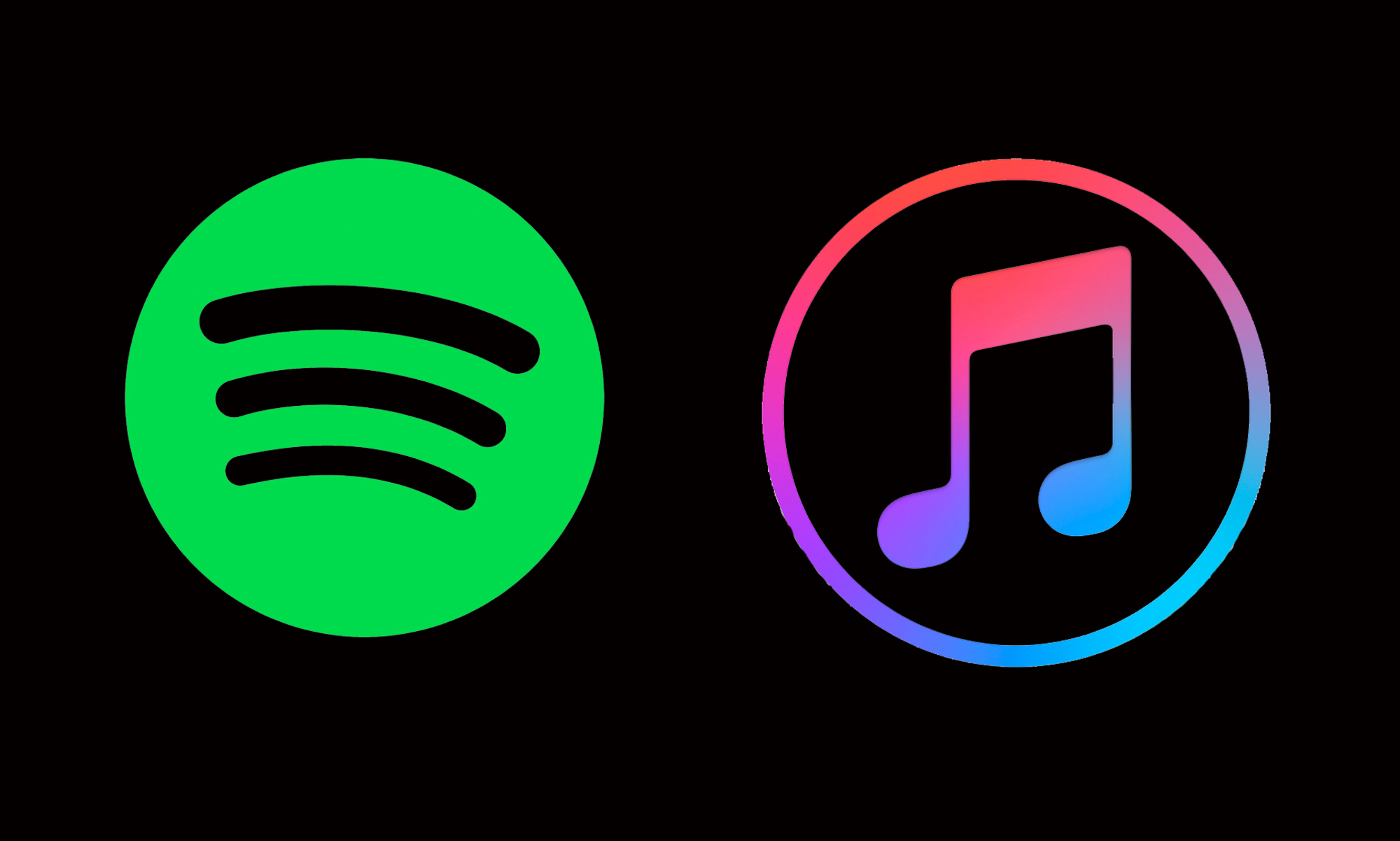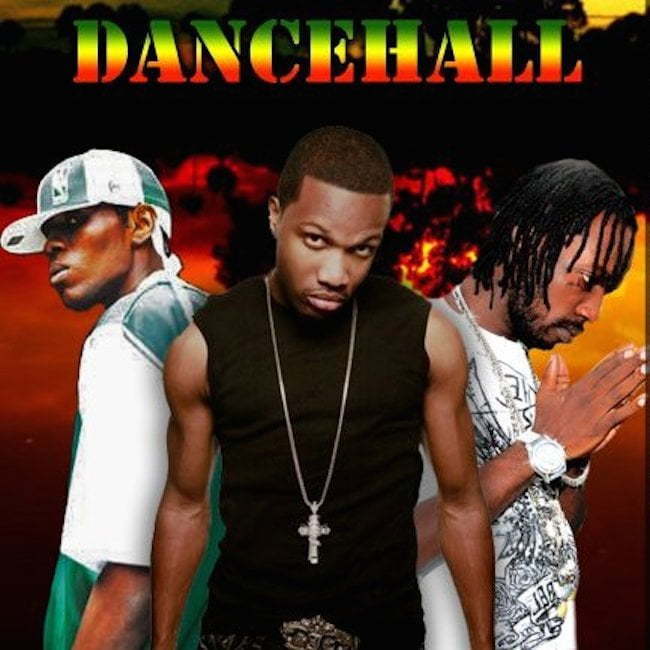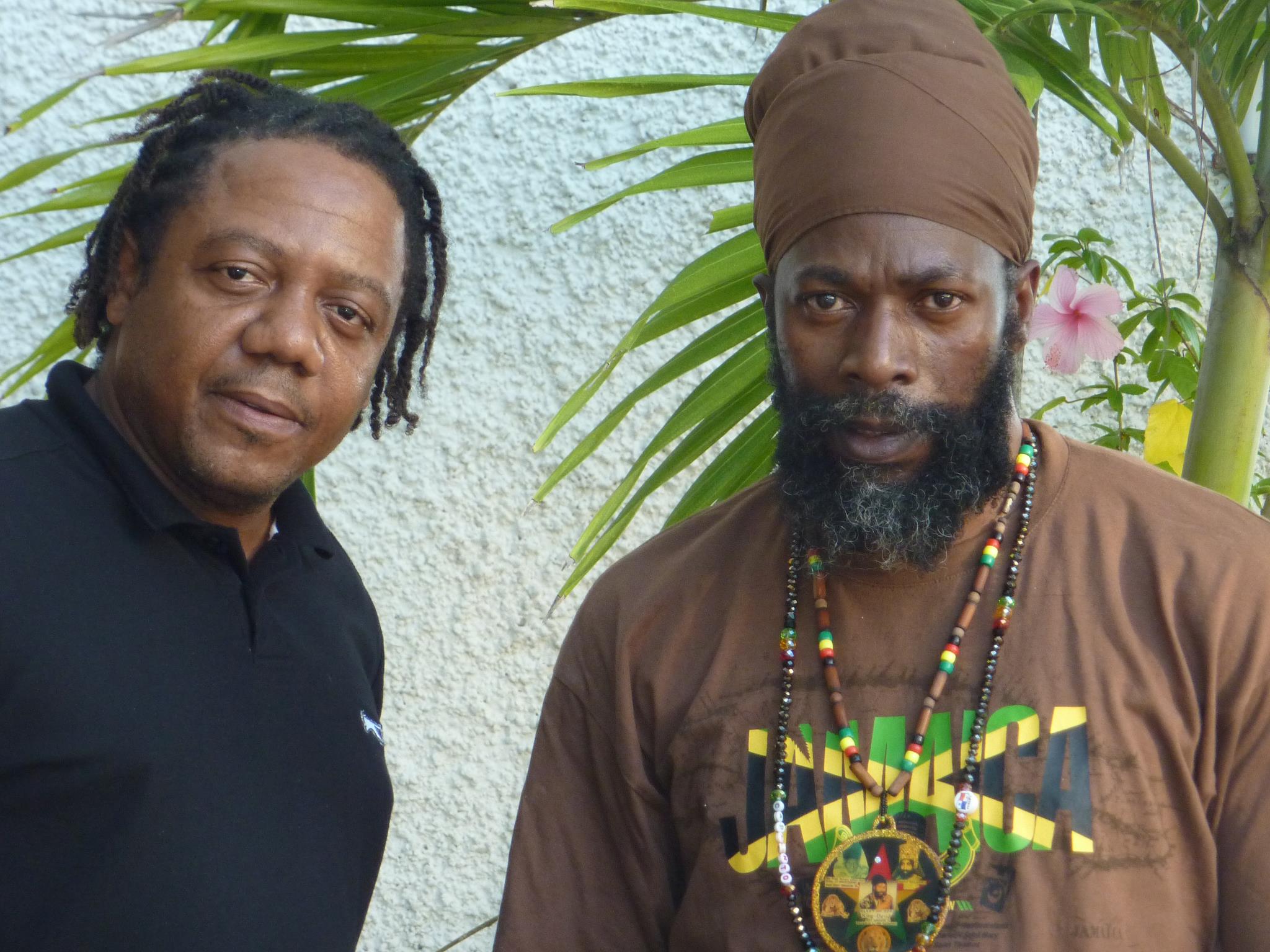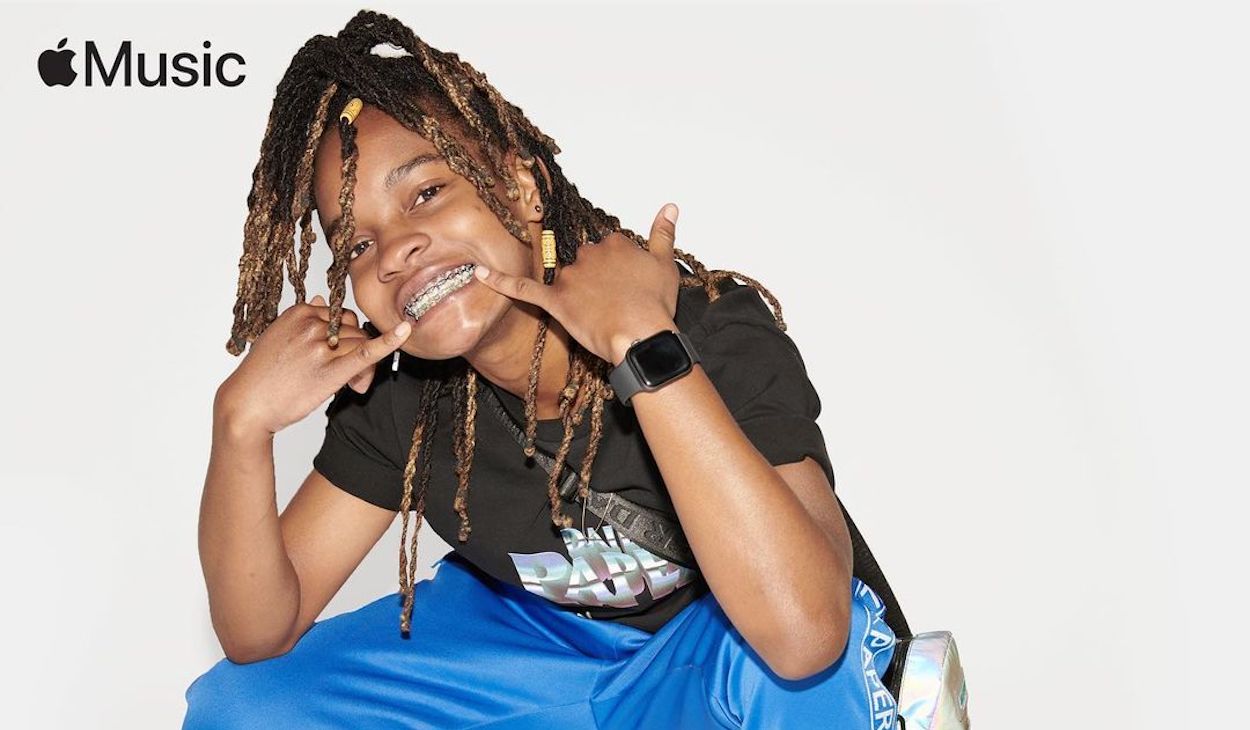Apple Music is now paying artists and labels at least twice that of other DSPs like Spotify.
Apple Music recently announced that artists will be paid equally and fairly as labels, and its rate is by far the highest in the industry so far. It’s a shift in how artists are treated in an era where the rights of creatives are taking the forefront, and those who previously capitalized on the earnings of artists- are being blocked from claiming income that rightfully belongs to the artist.
While there are changes, however, the Dancehall fraternity hangs in the shadows as the power players seek to hold onto the old ways of the business, and that means artists and their interests come last.
This latest announcement by Apple Music might also set a precedent for how artists relate to streaming companies, particularly now that the pandemic has shifted the incomes of artists from being diverse from tours and performances to now largely streaming and endorsements.
The switch to digital consumption is driven by technology as more users consume music readily on their phones, computers, tablets, and by various other technological means as physical copies of albums become less popular. This also means that the costs that artists charged per album, which can go for whatever they decide to share- anywhere from a few dollars to tens of dollars or more has greatly decreased with platforms like Amazon and Apple Music paying one dollar ($1) for a song.
The shift to online streaming means physical sales are down, but streaming is usually the foundation for other revenue streams to make more money. These include merchandising, touring and licensing, and other avenues from which the artists can make a lucrative income.
Streaming, however, may or may not work for every artist. As seen from the streaming numbers of the likes of Drake and Taylor Swift and even Nicki Minaj and Beyonce, diehard fans will purchase the whole album while others might get to enjoy the albums for free in a sort of way as their streaming membership guarantees them access to most if not all music on a streaming platform.

So what does this mean for other streaming services like Spotify, Amazon Music, Tidal, and Audio Mack? It’s unclear whether Apple Music’s latest disclosure will force the hand of these services, but all eyes are on them, especially Spotify, which is by far the most popular in terms of user numbers.
Apple Music is estimated to have around 72 million monthly paid subscribers, and the monthly rate is approximately $9.99 with some variations in some countries. It offers subscribers access to over 60 million songs, while Spotify has approximately 155 million premium monthly users for a subscription fee of $9.99 per month. The platform has over 50 million songs in its catalog.
However, the difference between the two streaming services is stark as artists make less money per stream with Spotify than they do with Apple Music. The income of one play from Apple Music is now a penny per stream. The same song will need to be played three times on Spotify as the platform pays somewhere between $003 and $.005 per stream or a third of a penny/cent.
Spotify has been criticized for its business model as more artists clamor for transparency when it comes to deals the platform has with labels as the royalty payments do not meet the expectations of artists.
The difference in the business models of Apple Music versus Spotify could be seen in the way the companies operate. Spotify is more of a marriage between art and venture capital, so the investor’s interest will come first- to the detriment of artists. While Apple Music seems to be taking a stance that promotes the work of creatives as it says it believes in “the value of music and paying creators fairly for their work. As the discussion about streaming royalties continues, we believe it is important to share our values,” Apple said in its announcement to artists.
“We believe in paying every creator the same rate that a play has value, and that creators should never have to pay for featuring.”
The featuring reference by Apple Music is a direct hit at Spotify. The company, following complaints by artists, said their music could be promoted by the streaming service, but the artists will, in exchange, earn lower royalty payments.
However, according to Apple, it pays the same 52% of subscription revenue, or 52 cents of every dollar, to record labels, and it does not pay a lower rate in exchange for featuring artists.
The pain of streaming means that artists have to cumulatively earn streams to get sufficient income from Spotify. At present, Drake is the top earner for Spotify- making around $52.5 million in earnings generated from 21.5 billion streams.
How much money will Dancehall artists make on streaming services as they move into Jamaica?
So how do artists in the dancehall arena fare in competing on such a large platform? And which platform will they make the most money on?
Dancehall, though influential, is still minuscule to fans who are paid subscribers on Digital Streaming Platforms. The Caribbean itself has around 54 million internet users, of which around an estimated 22 million are on social media. However, it’s unclear how many of the users have digital streaming subscriptions as YouTube remains the popular option for free streaming of their favorite music content.

Nevertheless, if nothing else, YouTube is undoubtedly a marker for the potential that Dancehall artists have when it comes to streaming music. For 2020 alone, there were collective billions of views of the music people in the region and diaspora love.
Artists like Koffee with “Lockdown” having 48 million views since being released nine months ago to Teejay’s “Rag to Riches,” and Shenseea and Tarrus Riley’s “Lighter” with 47 million views all round off the top three most-streamed songs over the past year on that platform.
However, elsewhere, artists are racking up the numbers but are they making matching incomes? For 2020, Vybz Kartel, Sean Paul, and Popcaan showed that numbers don’t lie when it comes to proving demand and fan favorites on Spotify.
Sean Paul is by far the most popular Jamaican entertainer, and his numbers on Spotify proves it. For 2020, the Dutty Rock artist saw his music streams racking up 625.9 million streams from fans in 92 countries.
Popcaan recorded 148.7 million streams within 92 countries that Spotify is available in as well. This is particularly interesting for Popcaan as he has collaborated with a few big international artists, including Drake and PartyNextDoor. Vybz Kartel, on the other hand, was right behind Popcaan with 130.3 million streams.
Now with the revelation that Spotify is among the lowest-paying streaming services, it puts things into perspective. For an artist to earn significant income on Spotify, they need to play three times to match one time on Apple Music. And further, artists like Vybz Kartel, who is managed by his own Portmore Empire Label, means he is getting much more of his income than other artists.
Dancehall artists in the Caribbean are increasingly being encouraged to join streaming services as the idea of streaming income has glittered like gold to new and upcoming artists who believe that releasing a vast amount of work will return a large amount of income.
However, there could be disappointment in the road ahead as streaming while glittery isn’t gold. It will still take hard work and traditional ways to build a following and maintain a presence that fans will always want to stream your music.
Additionally, the music business in Jamaica is actually run differently, as noted by producer Ainsley ‘NotNice’ Morris, who has worked with the likes of Vybz Kartel and Popcaan. According to NotNice, what obtains in the U.S, for example, is different than what is in Jamaica as streaming income usually comes to the producer, not the artiste.
Conversely, that position, while beneficial to the producer, is one that is detrimental to the artiste. In reality, the artiste is receiving no remuneration for his talents while the producer and the label take the lion’s share of any income. Only in cases where the artiste has followed through with a properly negotiated contract will he see any proceeds of his hard work and creativity.

According to Contractor Music CEO Sean ‘Contractor’ Edwards, artists are failing to properly secure their economic interests via contracts to ensure they earn income from their songs.
“The contract that is signed between the label and the artists as to how much mechanical rights which is the sales and the streams how much they are willing to give to them [artistes], each artiste and a producer is supposed to sign a contract, it doesn’t happen much in Jamaica, but they are supposed to sign a contract that says of the sales and streams you are going to get 20% or 30% but that doesn’t happen.”
Edwards says labels tend to put out the music, and they recoup the sales and streams but will give the artiste some of the publishing. However, he says this is a dishonest way of operating.
“What happens a lot is because there is no contract; the labels don’t give the artiste dem anything. It’s wrong…they don’t do this anywhere else in the world.”
Edwards has worked with several big-name artists such as DaBaby, Ed Sheeran, Julian Marley, Shatta Wale, Morgan Heritage, and others. He also has four Billboard and Grammy awards under his belt for collaborative work.
As for his streaming accomplishments, Edwards says his best performing song is the recently released “Soy Una Estrella”, which has 2.2 million streams on Spotify. The song features Ed and Jethro Sheeran, who are cousins and Latin American artist Jah Fabio and Jamaican breakout artiste Cashan.
According to Edwards, for artists to make money from streaming, they would need to start with ensuring that their contracts are streamlined properly to ensure they have fair terms to earn income. However, according to him, this has been a great challenge as many artists are illiterate and unable to read and write. That issue can be remedied, however, by getting assistance from trained managers or getting a lawyer involved.
Making Music that will transcend time that fans will come back to
Once they have negotiated a fair share of the streaming income, artists will also need to promote their music, like building up their monthly listeners. Koffee is one such person on Spotify who has 2 million monthly listeners, which includes the likes of former President Barack Obama!
On the other hand, an artist can create a lot of music, but if fans don’t like it, they may not listen to it again. One of the tested and proven formulas for artists like Sean Paul, Popcaan, and Drake, and even the likes of Justin Bieber and Post Malone, are collaborating with other artists.
The latter is a perfect example of becoming the youngest to have three songs all Diamond certified by the Recording Industry of America (RIAA). However, of note, the songs accomplishing that feat are all collaborations with Swae Lee for “Sunflower,” “Congratulations” featuring Quavo, and “Rockstar” featuring 21 Savage.
As for making money on Apple Music, the streaming service launched in Jamaica in the middle of 2020 as the pandemic raged on, so it might be too soon to gauge how dancehall artists aside from the big names perform on Apple DSP.
Still, the opportunity for more Caribbean subscribers to join the platform means that everyone can get a piece of the streaming pie if they can cultivate a loyal following.
Some of the artists who always seem to come out on top are Vybz Kartel, Alkaline (who doesn’t collaborate much), Beenie Man and Bounty Killer, and newer faces like Masicka, Skillibeng, Spice, Jada Kingdom, and Shenseea.
Apple Music does not release how many streams artists get annually or otherwise, but if anything is to go by, the numbers would be similar to Spotify for those who are always among the most streamed artists. However, it would be interesting to see how younger artists carve out an income for themselves, but the problem is multifaceted, and no one solution alone can cure it.
As for how much Dancehall artists can make, the recent announcements by DJ Khaled, H.E.R, Rihanna, and others about their dancehall influenced albums to suggest that the opportunity to sell themselves exist but negotiating the proper terms is the first step to making money then collaborating to broaden their fans base.
As for how artists will do, that remains up to them, but the power bargaining is presently tipped unfairly towards producers and labels who know the game better than young artists who are less occupied with squabbling over streaming income and more interested in actually getting “a buss”, something the labels and producers know only too well and exploit accordingly.
If one is to be wise, though, looking to the perfect example when it comes to making memorable music is a start for always making streaming income, not just launching songs. The likes of Tommy Lee Sparta with “Blessings,” Popcaan’s “Relevant,” and Jada Kingdom’s “Win,” to name a few, are all motivational anthems that will no doubt outlive the artists that created them as fans come back again and again to the songs.
